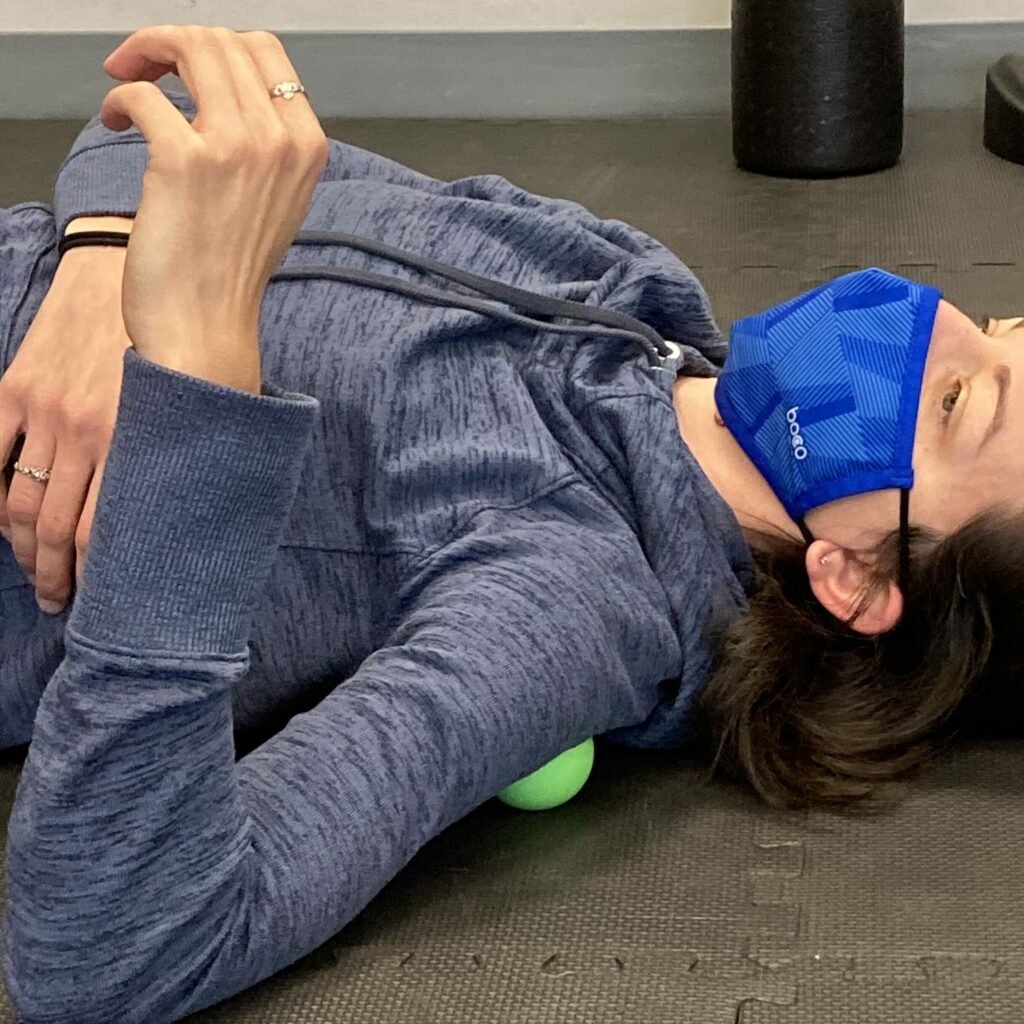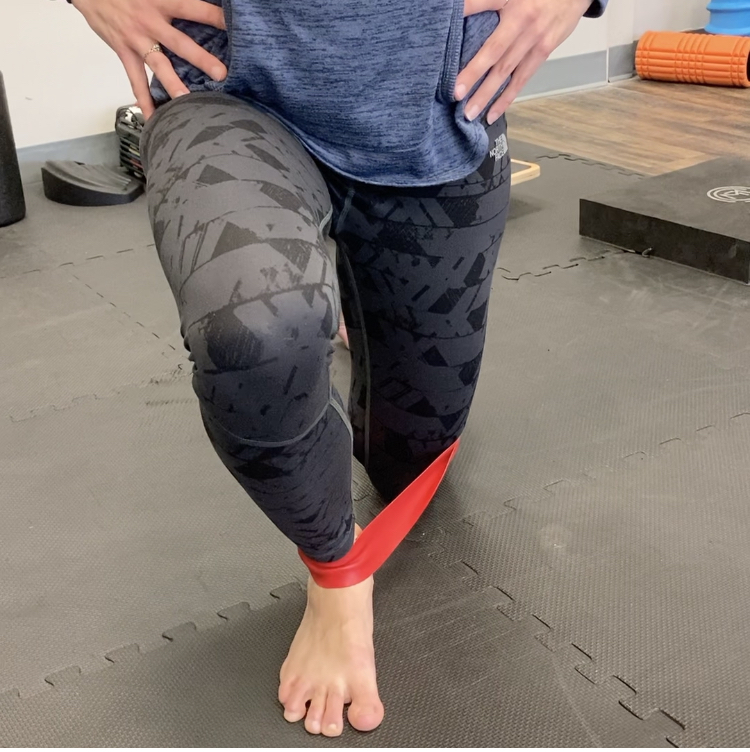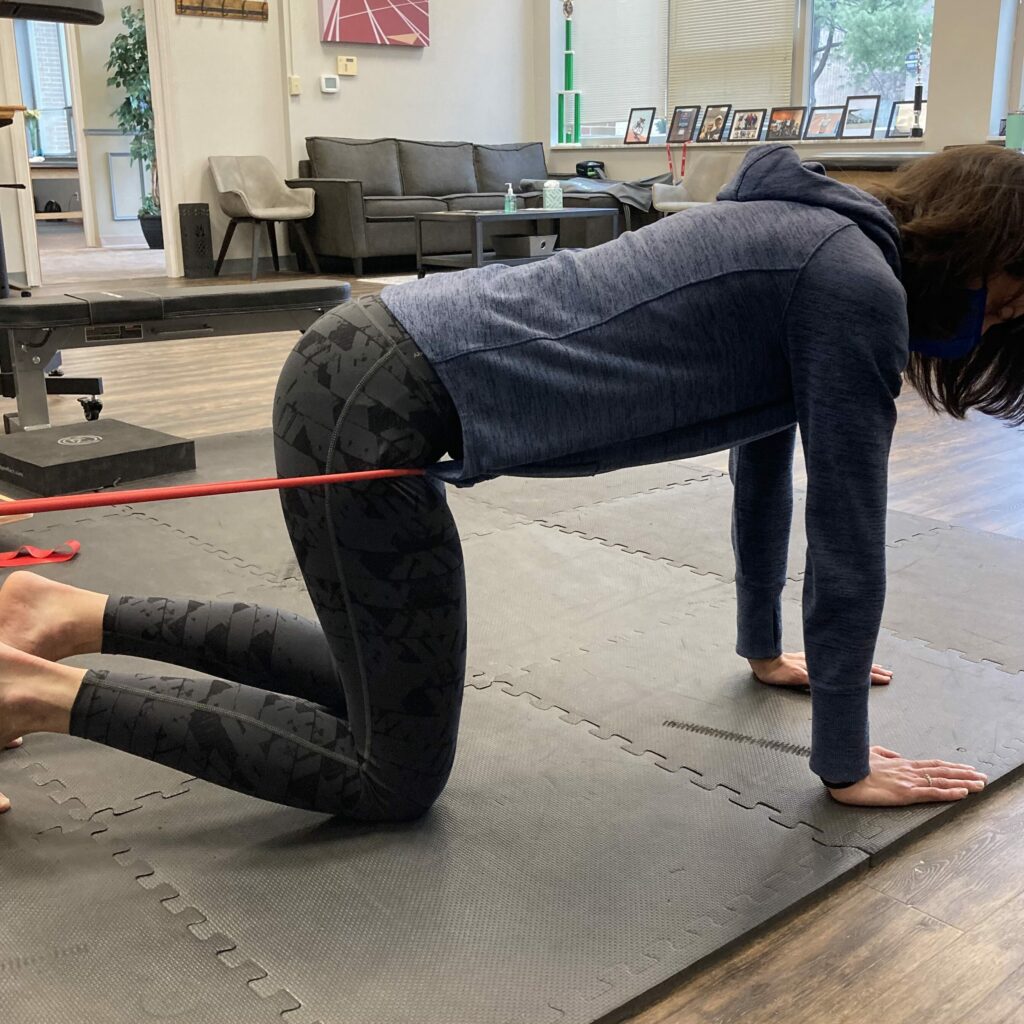Updated: Dec 28, 2020
This week we move on to the first step of the injury rehab progression, MOBILITY. Keep in mind, however, the “first step” does not always mean we start here. It simply means that if we find mobility is limited, it’s a priority to address the limited mobility. This is especially true if the lack of mobility is related to your injury or movement dysfunction.
For example, limited ankle dorsiflexion mobility (pulling your toes toward your nose) is often a treatment priority in the case of running injuries.
Here we talk about a few things you need to be aware of before stretching the heck out of those “tight” muscles! This will help you discover how you can appropriately improve your mobility, IF you even need to.
YOUR TIGHT MUSCLE MIGHT NOT BE TIGHT A tight muscle is often not a short muscle that needs to be stretched. Most of the time it is feeling tight because of increased tone (resting muscle tension) or trigger points. The muscle holds onto increased tension or trigger points when it is protecting you from something. The muscle itself might be injured or it is protecting another muscle or nearby joint. This protective mechanism makes it feel tight but, as you can imagine, stretching it won’t help. It might even make it worse. In these cases, it’s often another area that needs to be treated (foam roller, joint mobilization, and/or stability and strength exercises). As you can see, it can get complicated! It’s important to know why your muscle feels tight. A thorough movement screen by a trained professional can help you move ahead quickly in your injury rehab progression by making sure you’re targeting the right thing.

DON’T FORGET ABOUT THE JOINT When we do find limited mobility in an area of your body, it is not always from a muscle. For example, you might stretch and stretch your calf muscle but not gain any motion in your ankle. This could be because your ankle joint is stiff. Your joints are surrounded by a capsule, similar to wrapping something really tight in saran wrap. If the capsule is too tight, the joint won’t move well. You’ll either need a professional to help loosen up the capsule or some very specific mobility exercises, similar to some of the one pictured below.

LIMITED MOBILITY IS NOT FROM A TIGHT TENDON If you have tendon pain, it is not because your tendon is tight. Stretching will not help and can make things worse. The tendons are often feeling the effects of overwork due to limited muscle function (either the one attached directly to the tendon or a muscle related to the tendon), faulty biomechanics, or just doing too much, too fast, too soon. These lead to chronic strain on the tendon and resultant injury. Once again, you need to know if and where you need to work on your mobility to get better as quick as possible (and to not make things worse!).

UP NEXT…
Next week we will talk about how to maintain mobility once it is gained. We can not move into a position that our brains do not perceive as safe. If the movement pattern is not strong and stable, your brain will make sure the muscles tighten up again to protect the area.
Move on to the next step in the injury rehab progression: Movement Pattern

